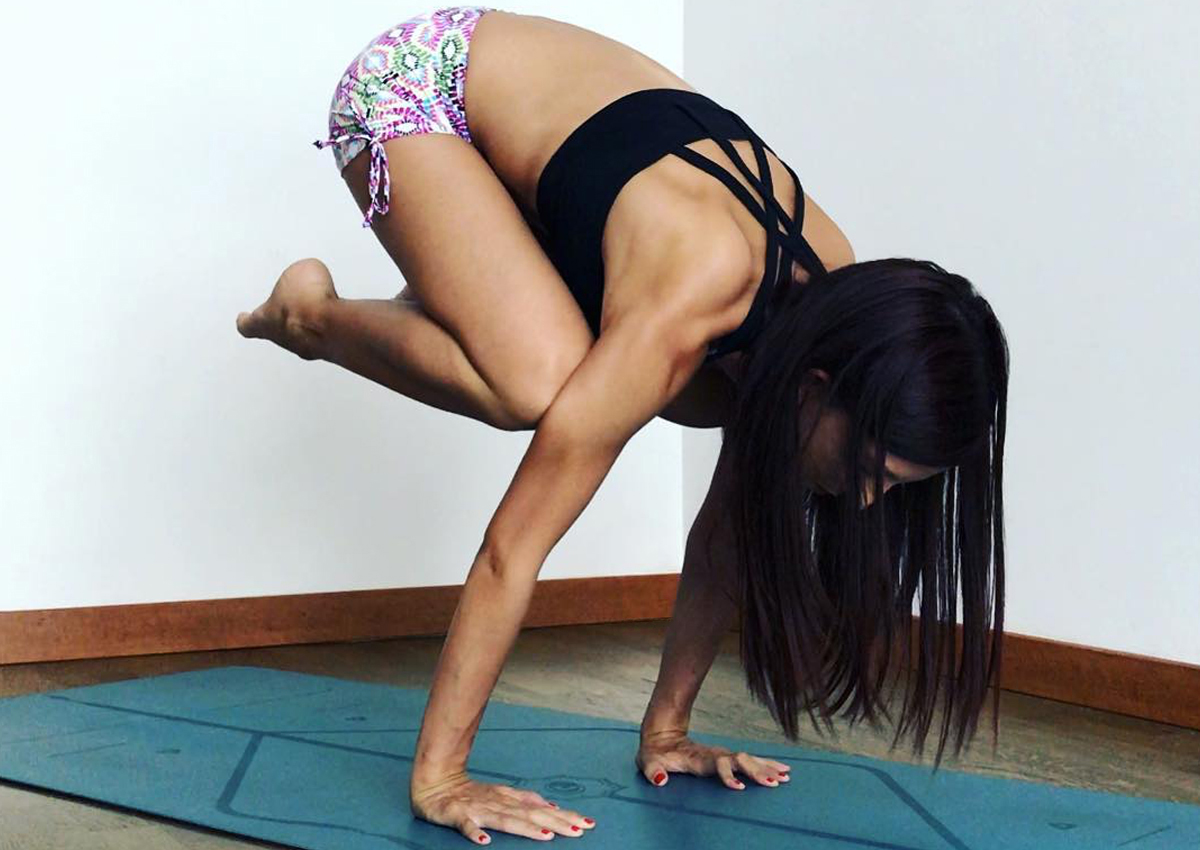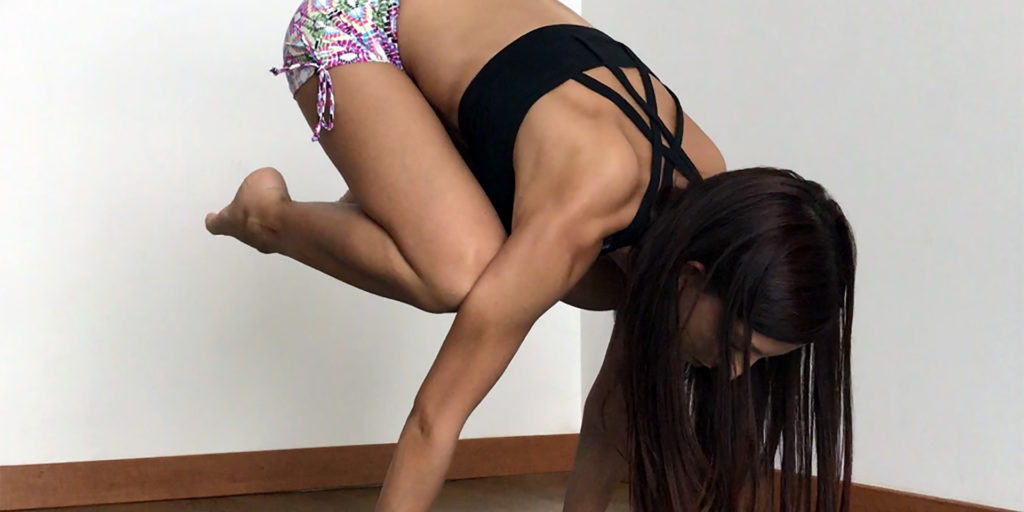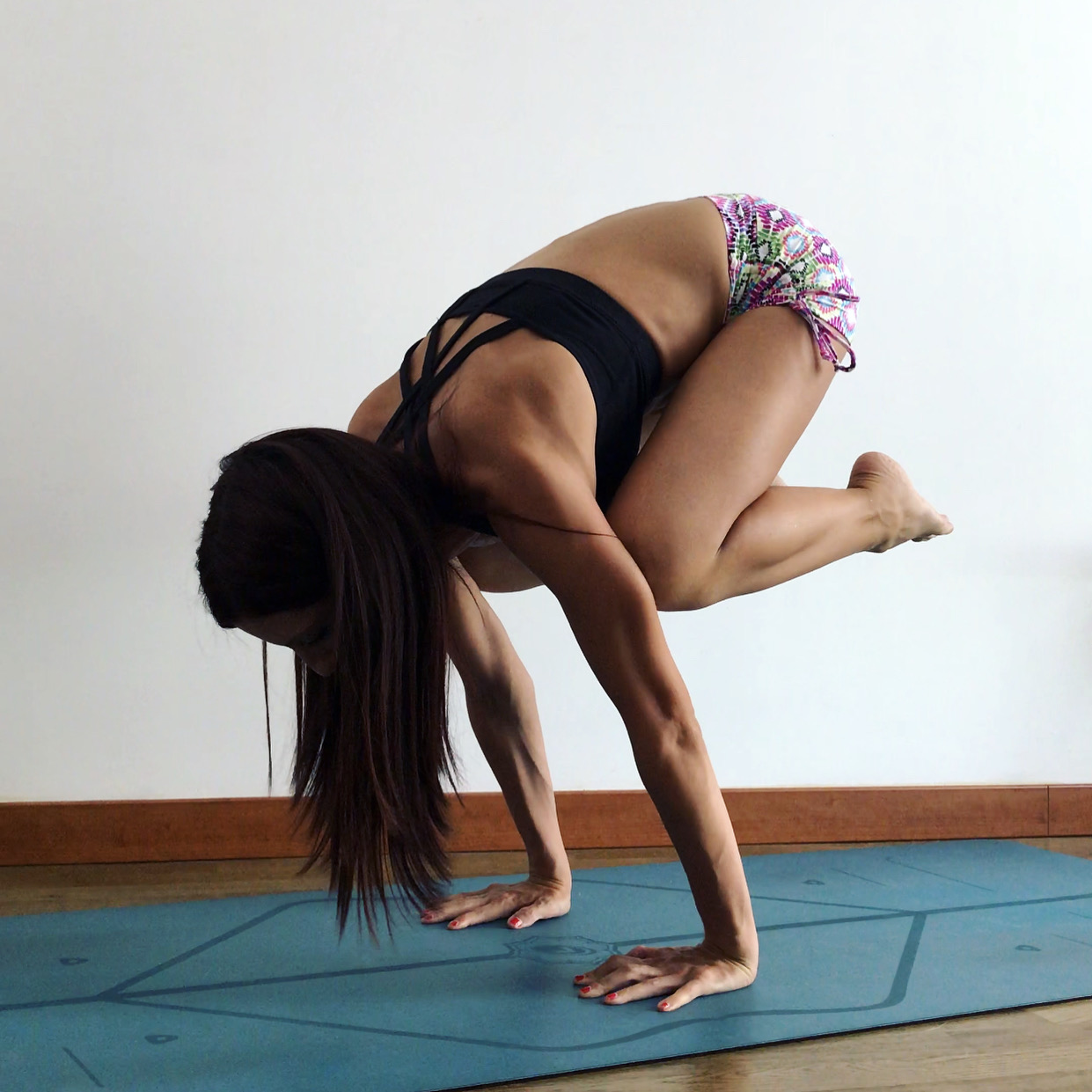

It certainly happened to you during a Yoga class or reading a book to meet the word Bandha. But what are they and how are they practiced correctly?
Bandha is a Sanskrit word which means to bind, hold, tighten, grasp.
With this term we refer to the physical action, to the contraction or closure of some parts of our body, therefore we mean muscle contractions that have the purpose of enclosing the body’s energy in certain points and preventing it from dispersing.
Bandhas are used in yoga during the practice of asanas, during pranayama and mudras to intensify the positions.
They also have the important function of preparing the body for kriya practices which are body cleansing techniques.
Through the practice of bandhas you learn to use the deep muscles of the body, muscles of which very often we do not know the existence and which we do not use spontaneously.
Bandha practice allows us to increase awareness of our body and to be able to make the best use of the energy inside us.
The great Yoga masters agree that when you master bandhas, you master the practice of Yoga.
Learning to use these muscles is important to ensure a good functioning of the whole body, in fact they help to regulate and control all the internal systems of the human body, hormonal, sexual, metabolic, digestive, (a lot of attention for women: bandhas must not be practiced during pregnancy), but not only: in the practice of yoga, to maintain the balance postures on the arms, such as bakasana, or even all the inverted postures, it is essential to learn to use our pelvic and abdominal muscles to get much more strength and balance.
In the “Hatha Yoga Pradipika” and in the “Gheranda Samhita“, ancient yoga texts, four bandhas associated with three areas of the body are described, plus one that is done by performing the first three bandhas simultaneously.

What is Mula Bandha
Mula means root, or foundation, so Mula Bandha is the contraction or closure of our base. It is located at the base of the spinal column and is closely linked to the Muladhara Chakra, our first chakra (mula = root and adhara = support); this chakra stimulates the endocrine glands that serve to secrete hormones that regulate the activity of our reproductive organs.
Mula bandha is practiced by contracting the musculature located in the “pelvic floor”, that is, in the area between the anus and the genitals.
To find the exact point of Mula Bandha you can try this easy exercise, you can easily try it both standing and sitting and in an asana: inhale slowly by contracting the perineal area and exhale deeply and very slowly.
For men, the part exactly in the center between the anus and testicles is contracted, for women, the muscles in the lower part of the pelvic floor behind the cervix are contracted. Initially the contraction may be more extensive, you will tend to contract everything, but with time and practice it will be much easier, you will be able to perfect yourself and contract only the mula bandha and leave the rest relaxed.
Mula Bandha should be held for the entire duration of yoga practice. There are many reasons and benefits, the first reason is that it allows energy to flow upwards, not downwards or outwards. If your energy is forced to flow up and inside your body you will find that it will grow during practice, giving you an amazing feeling of lightening.
In a more scientific sense, Mula Bandha stimulates the pelvic nerves, the genital system, the endocrine system, and the excretory system, preventing disorders, uterine prolapses, incontinence (through contraction and dilation movements the pelvic and abdominal walls are strengthened). Has also been shown that it relieves constipation and depression.
Mula Bandha is extremely important for maintaining balance postures on the arms and all inverted postures.

How is it practiced?
- Get into a cross-legged sitting position. To help you keep your spine straight, you can place a block or pillow under your buttocks.
- Place your hands on your knees.
- Relax your neck and shoulders.
- Start bringing attention to your breath, and practice a few complete yogic breathing cycles.
- When the breath is relaxed, inhaling, contract the muscles in the perineum region and pull them upwards.
- Exhale, release the pelvic muscles.
- Repeat.
I hope this article has been useful to you, in the next posts we will also talk about the other bandhas in more detail. If you found it useful, let me know in the comments!